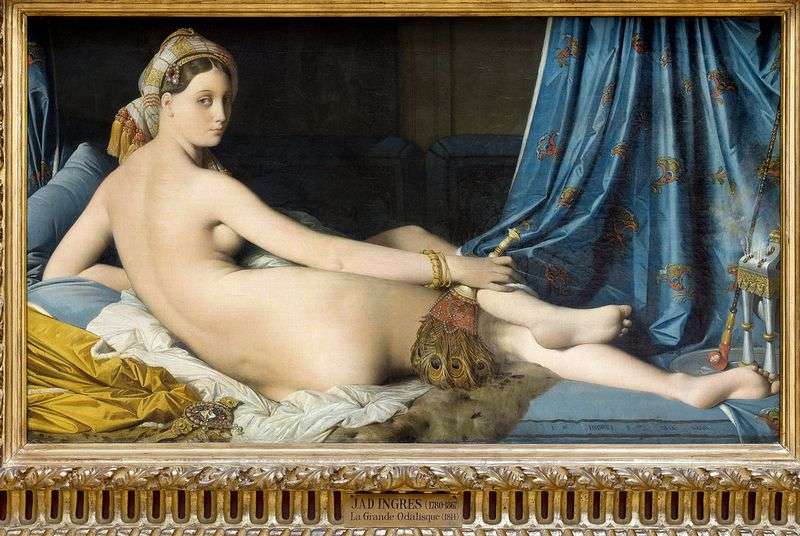
Ingres wrote “The Great Odalisque” in Rome for Napoleon’s sister Carolina Murat. The painting was exhibited in Paris in the Salon in 1819. Following the example of Renaissance artists, Ingres did not hesitate to idealize or exaggerate some of his features in order to achieve ideality or emphasize the expressiveness of the form. In this painting, he added odalasque to three extra vertebrae, which was immediately noticed by critics.
As is usual with Engr, anatomical plausibility is subordinated to artistic tasks: the right hand of the odalis is implausibly long, and the left leg is turned out under an angle that is impossible from the point of view of anatomy. At the same time, the picture gives the impression of harmony: an acute angle created by the left knee is necessary for the artist to balance the composition built on triangles.
Eastern attributes in the picture emphasize the detachment of the model from the viewer and the cold perfection of the naked female body. The picture was never accepted by the customer. Around 1819 Ingr sold the “Great Odalisque” for 800 francs to Count Pourtales, and in 1899 it was bought by the Louvre. Currently, “Big Odalisque” is in the 75th hall on the 1st floor of the Daru Gallery in the Louvre. Code: RF 1158.
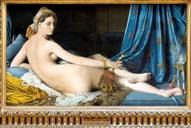 La Grande Odalisque – Jean-Auguste Dominic Ingres
La Grande Odalisque – Jean-Auguste Dominic Ingres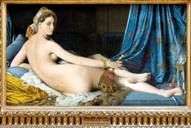 Gran Odalisque – Jean-Auguste Dominique Ingres
Gran Odalisque – Jean-Auguste Dominique Ingres Grande Odalisque by Jean Ingres
Grande Odalisque by Jean Ingres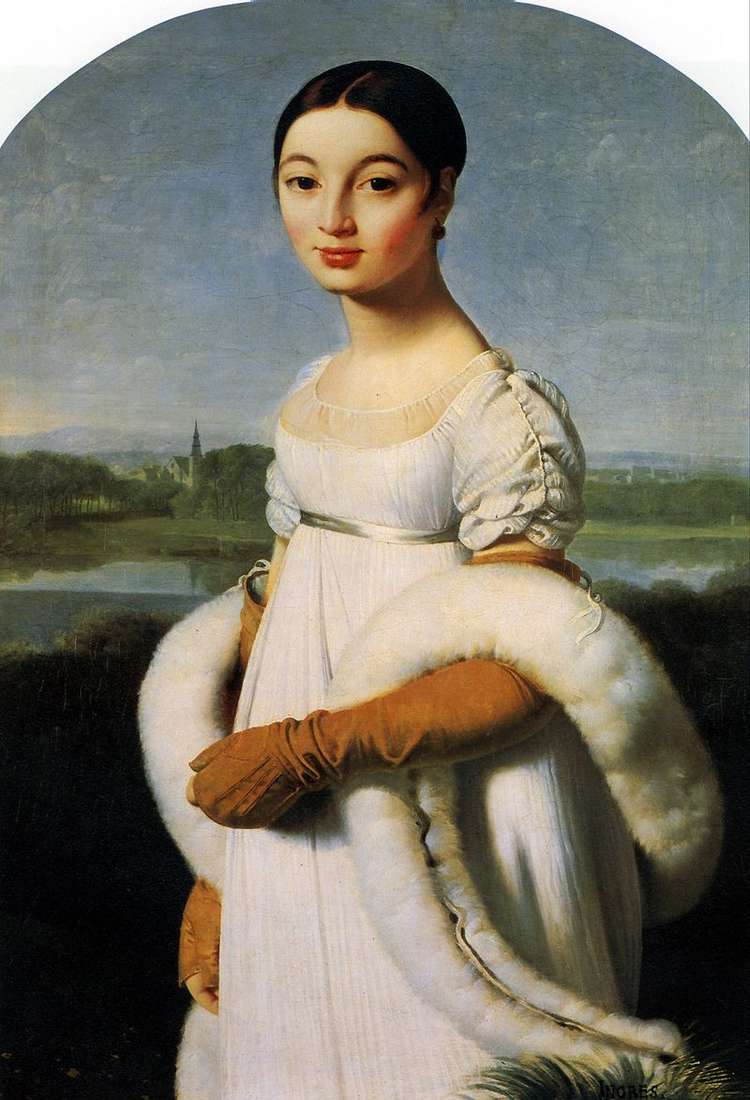 Mademoiselle Caroline Riviere by Jean Auguste Dominique Ingres
Mademoiselle Caroline Riviere by Jean Auguste Dominique Ingres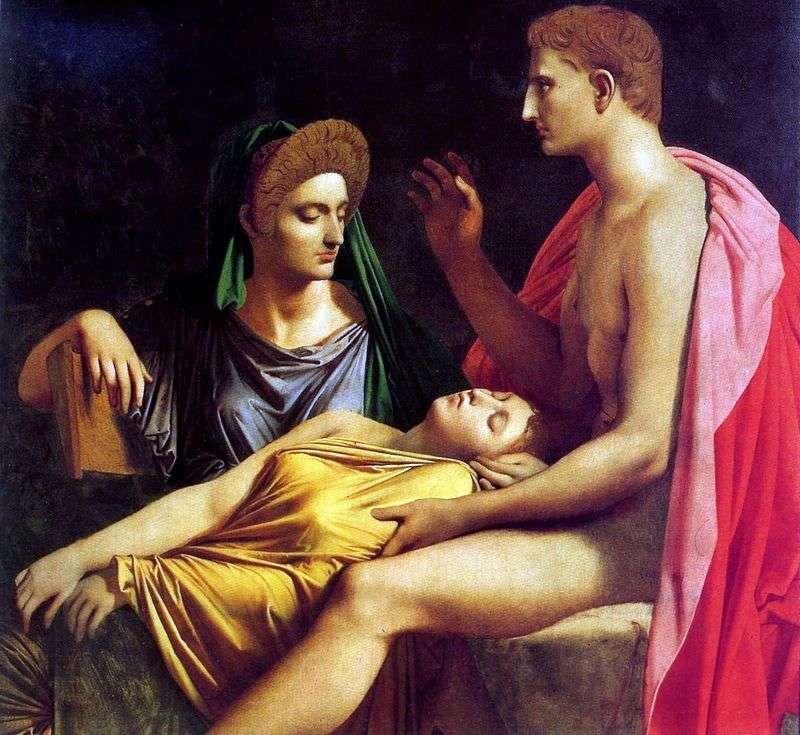 Virgil reading the Aeneid by Jean Auguste Dominique Ingres
Virgil reading the Aeneid by Jean Auguste Dominique Ingres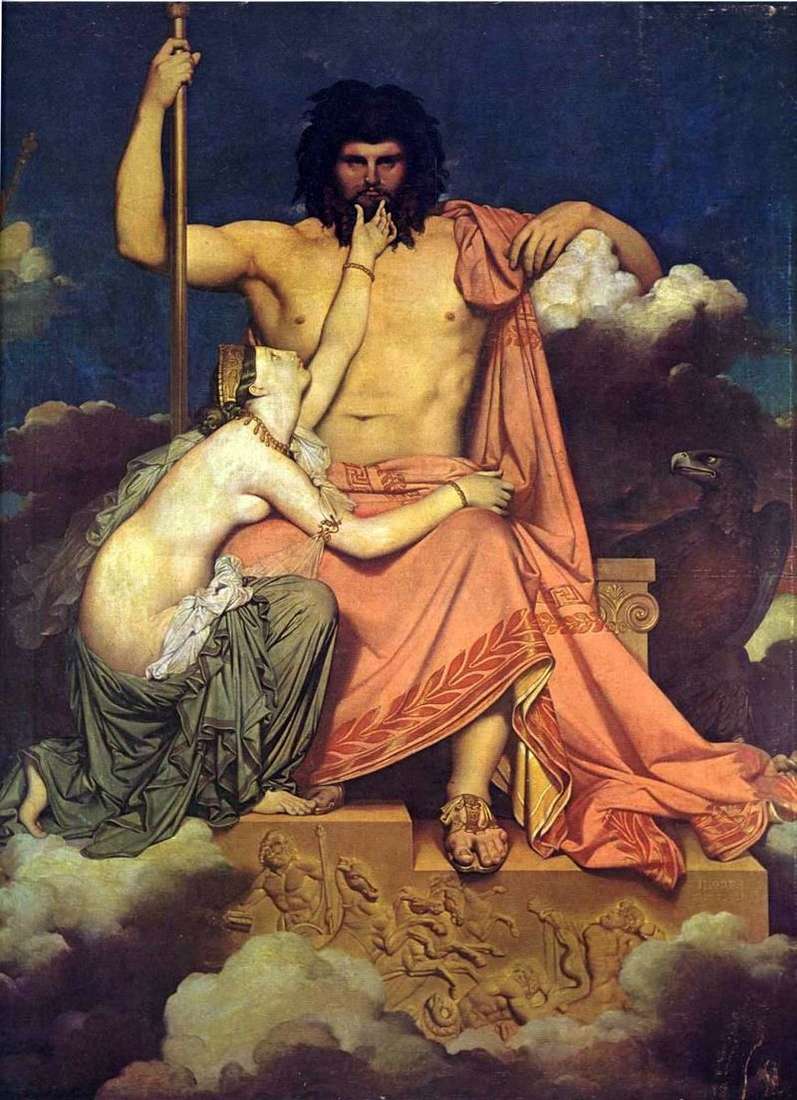 Jupiter and Thetis by Jean Auguste Dominique Ingres
Jupiter and Thetis by Jean Auguste Dominique Ingres Captivated Angelica by Jean Auguste Dominique Ingres
Captivated Angelica by Jean Auguste Dominique Ingres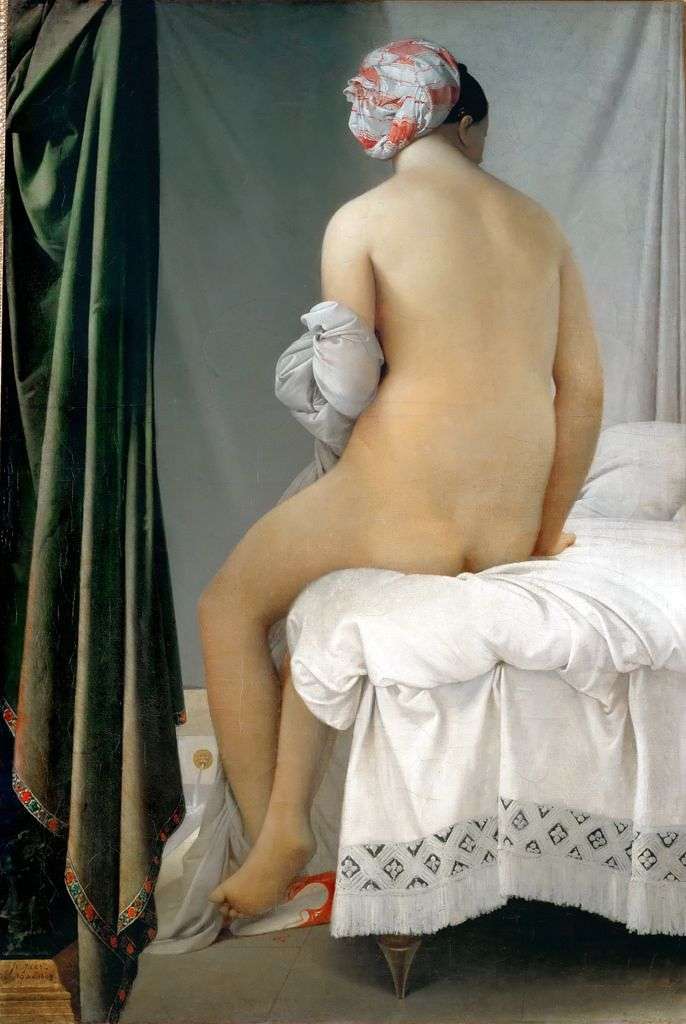 Bather of Valpinson (big bather) by Jean Auguste Dominique Ingres
Bather of Valpinson (big bather) by Jean Auguste Dominique Ingres